Early Life
American explorer Matthew Alexander Henson was born on August 8, 1866, in Charles County, Maryland. The son of two freeborn black sharecroppers, Henson lost his mother at an early age. When Henson was 4 years old, his father moved the family to Washington, D.C., in search for work opportunities. His father died there, leaving Henson and his siblings in the care of relatives.
Henson ran away from home at age 11, and was taken in by a woman who lived near his home. At age 12, he left to work as a cabin boy on a ship. Over the next six years and under the mentorship of Captain Childs, Henson learned literacy and navigation skills.
After Captain Childs died, Henson returned to Washington, D.C. and worked as a store clerk for a furrier. It was there that he met Robert Edwin Peary, an explorer and officer in the U.S. Navy Corps of Civil Engineers. On the recommendation of the store owner, Peary hired Henson as his valet for his travel expeditions.
Career as an Explorer
In 1891, Henson joined Peary on a Greenland expedition. While there, Henson embraced the local Eskimo culture, learning the language and the natives’ Arctic survival skills. At the trip’s end, in 1893, Henson remained the sole member of Peary’s entourage—the rest of the team had abandoned the mission.
Their next trip to Greenland came in 1895, this time with a goal of charting the entire ice cap. The journey almost ended in tragedy, with Peary’s team on the brink of starvation; members of the team managed to survive by eating all but one of their sled dogs. Over the next two years, the explorers returned to Greenland to collect three meteorites found during prior explorations, ultimately selling them to the American Museum of Natural History and using the proceeds to help fund their future expeditions.
Over the next several years, Peary and Henson would make multiple attempts to reach the North Pole. Their 1902 attempt proved tragic, with six Eskimo team members perishing due to a lack of food and supplies. They made more progress during their 1906 trip: Backed by President Theodore Roosevelt and armed with a then state-of-the-art vessel that had the ability to cut through ice, the team was able to sail within 174 miles of the North Pole. Melted ice blocking the sea path thwarted the mission’s completion

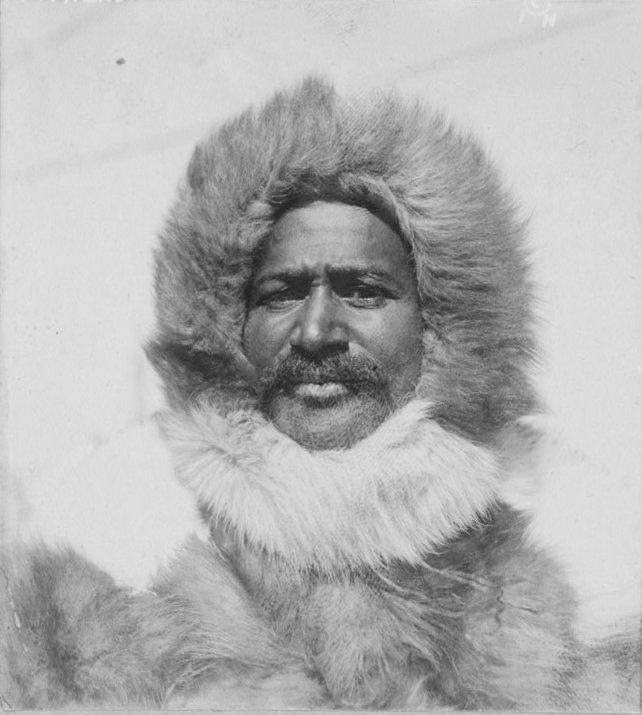




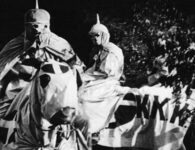

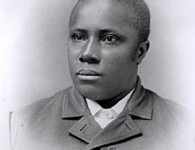


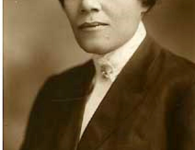

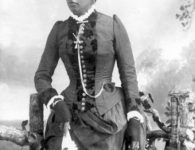
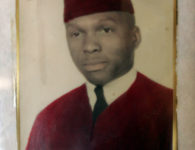
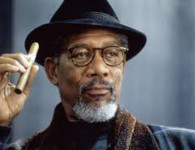

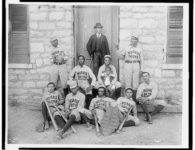


No comments